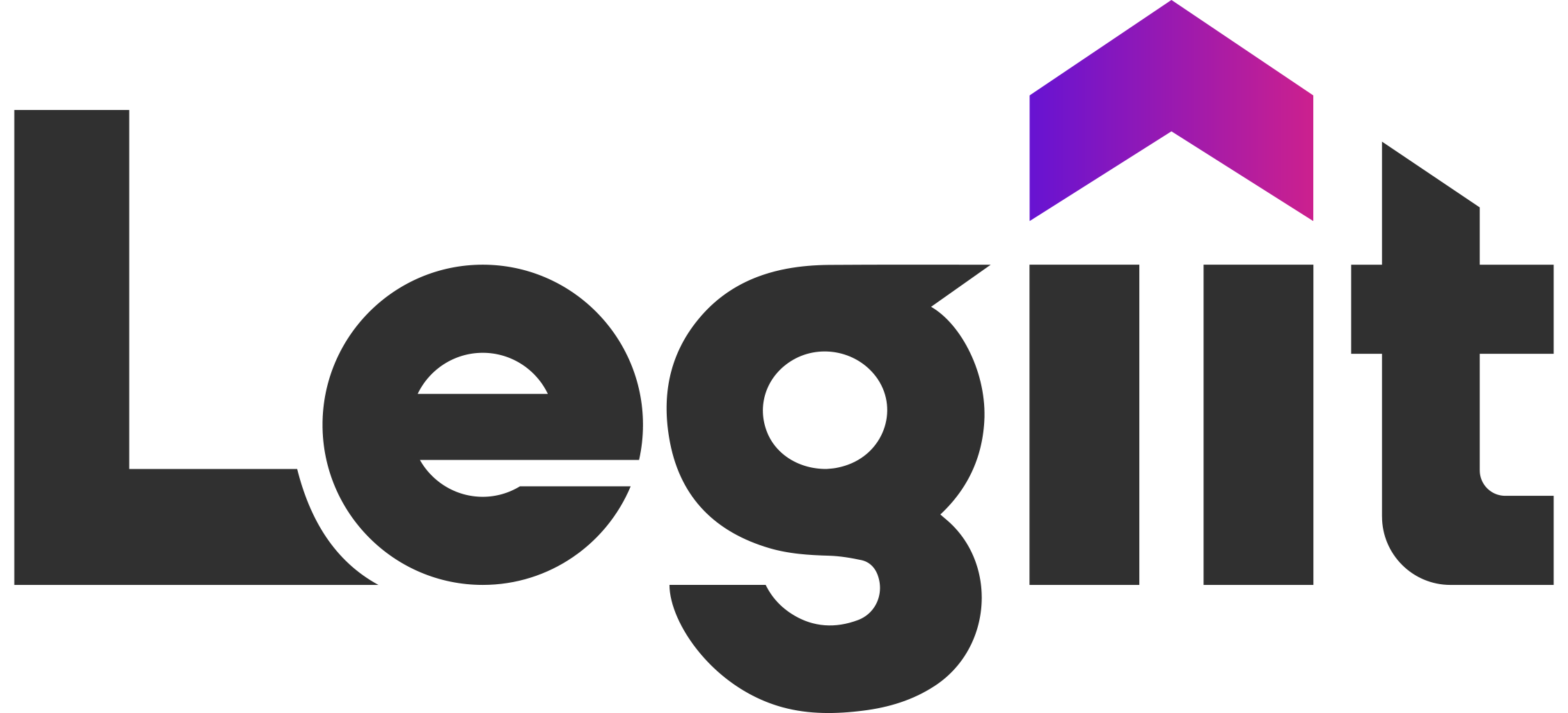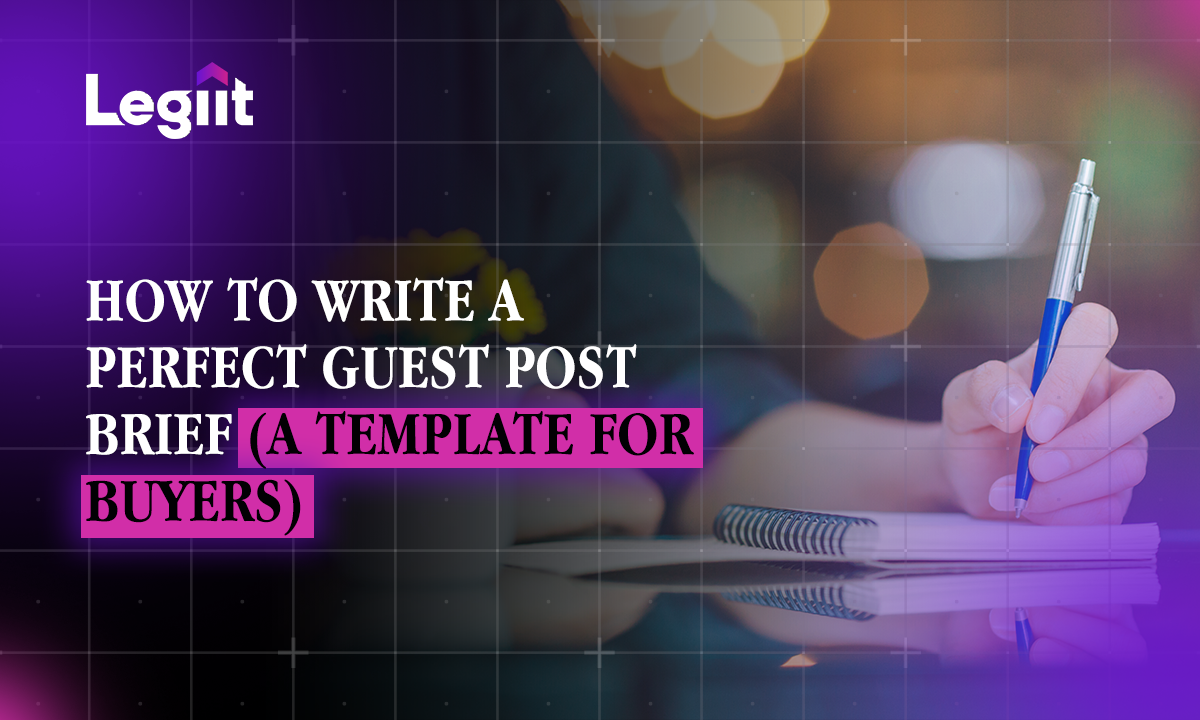Here's a scene that's all too common: you hire a talented freelance writer for a guest post, but what you get back is... completely wrong. It's the wrong tone, it misses the main point, and it links to the wrong page.
Was it a bad writer? Probably not. It was a bad brief.
In content creation, the "garbage in, garbage out" principle is the law. A vague, one-sentence instruction will get you a vague, useless article. A clear, detailed, and professional brief is the blueprint that empowers a great writer to deliver exactly what you need, the first time.
This is not just a guide; it's your complete, copy-paste template. We'll give you the exact brief to use and explain why each section is critical for getting high-quality content that actually achieves your goals.
The Guest Post Brief: Cheat Sheet
Here's what separates a professional brief from an amateur one:
- The #1 Rule: Clarity Over Brevity. Do not make the writer guess. Be overly specific. Your brief is the single source of truth for the entire project.
- The Core Goal: A good brief doesn't just list a topic; it defines what success looks like for this specific article (e.g., "build authority," "drive sign-ups," "pass a link").
- The Critical Section: The Linking Instructions. This is where most buyers fail. Be explicit about the target URL, the exact anchor text, and any other links to include.
- The Goal: Your brief should empower your writer with all the information they need to succeed, saving you endless time on revisions.
On This Page
- Why a Vague Brief Will Kill Your Guest Post
- The Perfect 10-Point Guest Post Brief Template (Copy & Paste)
- A Deeper Dive: How Each Section Saves You Money
- The Marketplace Advantage: How to Use Your Brief on Legiit
- Guest Post Brief FAQ
Why a Vague Brief Will Kill Your Guest Post
When you hire a freelancer, you are buying their expertise, but they are not mind readers.
A vague brief like "Write a 1000-word post on SaaS marketing" leads to:
- A generic article that doesn't fit your brand's unique voice.
- The wrong keywords being targeted.
- The link being pointed at your homepage instead of your new, high-intent service page.
- Endless, frustrating (and costly) rounds of revisions.
A clear brief ensures alignment from the very beginning. It's the blueprint that guarantees the writer builds the exact "house" you designed in your head.
The Perfect 10-Point Guest Post Brief Template (Copy & Paste)
This is the exact template you can copy, paste, and fill out for your next writer. This is your guest post brief template free download.
[PROJECT NAME] - Guest Post Creative Brief
1. Project Overview & Goal:
- What is the primary objective of this single guest post? (e.g., "Build a high-authority backlink to our new service page," "Drive referral traffic," "Establish our CEO as a thought leader on Topic X.")
2. Target Publication:
- Where is this post intended to be published? (e.g., forbes.com, tech-blog-pro.com). Provide the URL.
- Guest Post Guidelines: [Paste the URL to the publisher's "write for us" or "guest post guidelines" page here. This is non-negotiable.]
3. Target Audience for This Post:
- Who are we trying to reach on this specific blog? Be specific. (e.g., "Marketing managers at B2B SaaS companies," "New homeowners looking for DIY tips," "Startup founders seeking funding.")
4. Core Topic & Key Angle:
- Topic: [e.g., Email Marketing Automation]
- Angle / Working Title: [e.g., "5 Automation Workflows That Save 10+ Hours a Week"]
- Key Message: [e.g., "The main takeaway should be that automation isn't complicated and saves real time."]
5. Target Keywords:
- Primary/Focus Keyword: [e.g., "email automation workflows"]
- Secondary/Semantic Keywords: [e.g., "how to automate emails," "marketing automation tips"]
6. CRITICAL Linking Instructions:
- Link #1 (The Money Link):
- Target URL: [Paste the exact URL from your site: e.g., https://www.mysite.com/features/automation]
- Anchor Text: [Be specific: e.g., "a powerful email automation tool"]
- Context: [How should it be included? e.g., "Please include this link naturally in the section about choosing the right software."]
- Link #2 (Authority Link):
- Please also include 1-2 external, non-competing links to high-authority sites (like Wikipedia, HubSpot, etc.) to support your data.
7. Tone & Voice:
- Describe the desired tone. (e.g., "Professional and authoritative, like a Harvard Business Review article," "Casual and friendly, like a helpful colleague," "Witty and slightly edgy.")
8. Article Structure & Outline (Optional, but Recommended):
- Provide a simple bulleted list of the main
- H2s or sections you want included.
- H2: Introduction - The Problem of Wasted Time
- H2: What is Email Automation?
- H2: 5 Time-Saving Workflows
- H2: How to Choose the Right Tool
H2: Conclusion
9. Things to Avoid:
- List any hard "don'ts." (e.g., "Do not mention our competitors [X, Y, Z] by name," "Do not use overly complex jargon," "Do not make unproven claims.")
10. Deliverables & Deadline:
- Word Count: [e.g., 1,200 - 1,500 words]
- Format: [e.g., Google Doc with edit access]
- Deadline: [e.g., Friday, November 21, 2025]
A Deeper Dive: How Each Section Saves You Money

- Goal (#1) & Audience (#3): Prevents the writer from creating a generic post that doesn't speak to the right person or achieve your business objective.
- Guidelines (#2) & Things to Avoid (#9): Prevents an instant rejection from the publisher, which would waste your entire investment.
- Linking Instructions (#6): This is the most critical part for SEO. A vague instruction leads to a weak link to your homepage. A specific instruction ensures you get a powerful, contextual link to the exact page you need to rank.
- Outline (#8) & Tone (#7): Saves you countless hours on revisions by ensuring the final article's structure and voice match your vision from the start.
The Marketplace Advantage: How to Use Your Brief on Legiit
This guest post brief template is your ultimate tool on a freelance marketplace. The difference between a good and a great experience on Legiit is the quality of your brief.
- Find Your Expert: Don't just look for "content writers." Look for blog writing services that specialize in your niche (e.g., "SaaS writer," "real estate writer").
- Attach the Brief: When you place your order, don't just use the one-line order form. Attach your completed brief to the order as a Google Doc or PDF.
- Get 5-Star Results: When you provide a 5-star brief to a 5-star seller, you are giving them the blueprint they need to deliver 5-star work. It's the best way to guarantee a high-quality result, faster.
Need a Writer Who Can Execute This Brief?
A great brief is useless without a great writer. On Legiit, you can find hundreds of top-rated, vetted content creators who are experts in their niche and know how to deliver professional, SEO-optimized content.
Guest Post Brief FAQ
What is a guest post brief?
A guest post brief (or creative brief) is a short document that outlines all the goals, requirements, and specifications for a guest post. It's a set of instructions you give to a writer to ensure the final content aligns with your marketing objectives.
How is this different from "guest post guidelines"?
Guest Post Guidelines are provided by the publisher (the blog you want to post on). They tell you their rules. A Guest Post Brief is created by you (the buyer). It tells your writer what to do, and it should always include a link to the publisher's guidelines.
How do I write a guest post email?
A guest post email is your pitch to the publisher to get them to accept your article. Your brief is the internal document you use to create the high-quality article you will be pitching in that email. A great brief leads to a great article, which makes your email pitch much more likely to be accepted.
What makes a good creative brief template?
A good creative brief template is clear, concise, and complete. It must answer all the key questions so the creator (the writer) doesn't have to make any guesses. It always includes the Goal, the Audience, the Key Message, and the Requirements.
Now That Your Content is Ready, Get It Placed
Once your writer has used this brief to create the perfect article, your next step is to get it published. This requires building relationships and doing manual outreach.
Or, you can hire a professional on Legiit who already has relationships with high-authority blogs in your niche. You provide the high-quality content, and they get it placed for you—saving you time and getting your link live faster.














 Download
Download